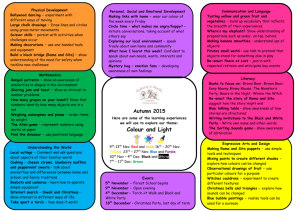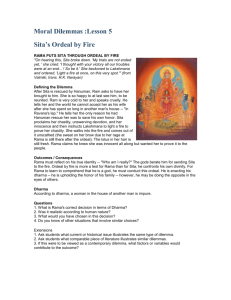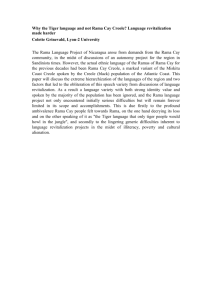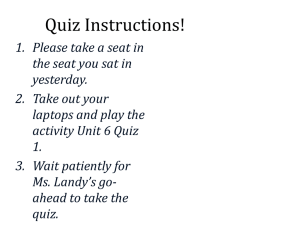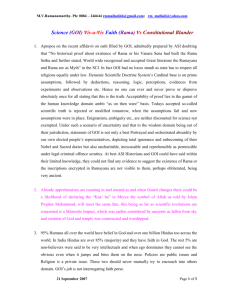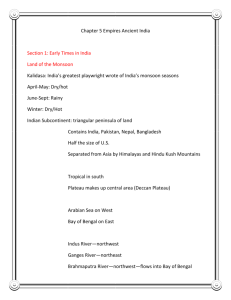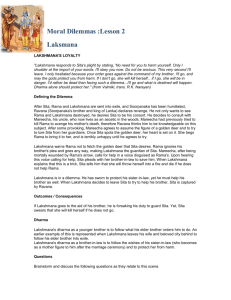trio punishment
advertisement
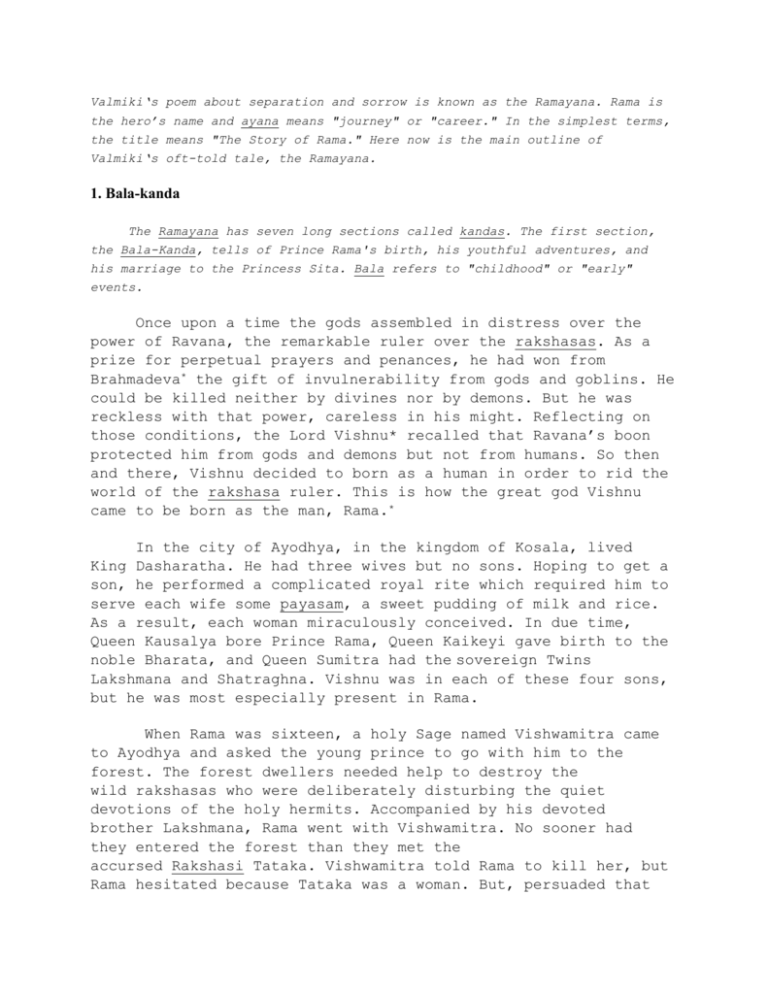
Valmiki‘s poem about separation and sorrow is known as the Ramayana. Rama is the hero’s name and ayana means "journey" or "career." In the simplest terms, the title means "The Story of Rama." Here now is the main outline of Valmiki‘s oft-told tale, the Ramayana. 1. Bala-kanda The Ramayana has seven long sections called kandas. The first section, the Bala-Kanda, tells of Prince Rama's birth, his youthful adventures, and his marriage to the Princess Sita. Bala refers to "childhood" or "early" events. Once upon a time the gods assembled in distress over the power of Ravana, the remarkable ruler over the rakshasas. As a prize for perpetual prayers and penances, he had won from Brahmadeva* the gift of invulnerability from gods and goblins. He could be killed neither by divines nor by demons. But he was reckless with that power, careless in his might. Reflecting on those conditions, the Lord Vishnu* recalled that Ravana’s boon protected him from gods and demons but not from humans. So then and there, Vishnu decided to born as a human in order to rid the world of the rakshasa ruler. This is how the great god Vishnu came to be born as the man, Rama.* In the city of Ayodhya, in the kingdom of Kosala, lived King Dasharatha. He had three wives but no sons. Hoping to get a son, he performed a complicated royal rite which required him to serve each wife some payasam, a sweet pudding of milk and rice. As a result, each woman miraculously conceived. In due time, Queen Kausalya bore Prince Rama, Queen Kaikeyi gave birth to the noble Bharata, and Queen Sumitra had the sovereign Twins Lakshmana and Shatraghna. Vishnu was in each of these four sons, but he was most especially present in Rama. When Rama was sixteen, a holy Sage named Vishwamitra came to Ayodhya and asked the young prince to go with him to the forest. The forest dwellers needed help to destroy the wild rakshasas who were deliberately disturbing the quiet devotions of the holy hermits. Accompanied by his devoted brother Lakshmana, Rama went with Vishwamitra. No sooner had they entered the forest than they met the accursed Rakshasi Tataka. Vishwamitra told Rama to kill her, but Rama hesitated because Tataka was a woman. But, persuaded that her dreadful deeds deserved the direst punishment, and observing that she was then charging at him in unruly wrath, Rama shot an arrow. It pierced her hard heart. She fell down dead. This was Rama’s first victory against the rakshasa raiders. Thereupon, Vishwamitra took Rama aside and, while Lakshmana stood by, taught him the mastery of celestial spells and wondrous weapons. One day, traveling north, the trio saw a miracle. A beautiful lady saint named Ahalya had been separated from her husband by a curse. She had been condemned to remain invisible and immobile in one place while her husband wandered elsewhere. The curse could only be broken by Rama. As soon as he entered the place where Ahalya stayed unseen, unmoving, the curse was lifted. As Rama and Lakshmana looked on, caught by surprise, Ahalya regained her former shape, and she began to shine with luminous beauty. Moments later she was reunited with the Sage who was her faithful husband. Vishwamitra, Rama, and Lakshmana continued on their way to the nearby kingdom of Videha, where King Janaka lived. He had a beautiful and virtuous daughter, whom he had wondrously found as an infant. He named her Sita, which means "furrow," because he first saw her in a field while he was plowing. King Janaka had declared that any man who could lift and string Shiva’s heavy bow might have Sita for his wife. As Sita grew in years and beauty, many suitors tried, but none succeeded in budging the weighty weapon. But when Rama entered the contest, he easily lifted the bow and strung it. So tightly did he set the string that he cracked the bow in two. So pleased was Sita by this astonishing sight that she came forward and offered him the garland of marriage. On the very same day that they were wed, Sita’s sister married Lakshmana and her two cousins wed Rama’s other brothers, Bharata and Shatraghna.
